
Shri Nakoda Parshawnath Jain Tirth
Shree Nakoda ji or Parshwanath Temple of Nakoda is one of the important pilgrimage sites of the Jains. This Jain temple is situated on a beautiful hill of around 1500 feet about 13 km from Balotara Railway station and 1 km from Mewad city. There are many statues in this temple while the statue of the Jain saint (tirthankara) Parshvanth in black stone is a major attraction of Nakoda.
Beside this, there is another temple with high leading steps called the Shantinath temple. Thousands of pilgrims and tourists come here with devotion and admire the brilliant work of architecture. The temple of Pundarik Swami dates back to the 16th century while the Charbhuja temple and the Shiva temple had been 500-600 years ago. The glory of Lord parshwanath and the protecting deity of the pilgrimage Shree Bhairavji Maharaj is so much world-renowed that they are considered by the devotees as ‘Haath-Ka-Huzoor’ (Lord at hand) and ‘Jaagti Jot’ (Living light). This place has a thousand miraculous anecdotes. Wishes made in the name of this place attain fulfillment.
The major attraction of the temple is the main idol of the 24th Jain Tirthankara Parshvanth. The statue is 58 cm in height with black complexion in the Padmasana posture. There are many statues and idols in this temple which are extremely charming and miraculous.
The dignity of Lord Parshwanath and the miracles of the presiding deity of the pilgrimage Shree Bhairavji Maharaj are well-known to the world that thousand of astonishing anecdotes can be heard from the locals as well as the visitors of this place. The devotees consider the Lord Parswanath as Haath-Ka-Huzoor’ (Lord at hand) and Shree Bhairavji Maharaj as ‘Jaagti Jot’ (Living light). It is believed that wishes made in the name of this place surely get fulfilled.
Other temples in the compound are of Shri Adinath Bhagwan & Shri Shantinath Bhagwan along with the temple of Pundarik Swami which dates back to the 16th century. The Charbhuja temple and the Shiva temple had been there since 500-600 year.
On the walls of Shri Shantinath Bhagwan temple, his life history is displayed in the form of idols. A magnificent idol of ‘Sanwalia’ (dusky) Parshwanath is placed on the right side of the temple. Two ancient idols of Lord Neminath in meditational posture are standing outside the main temple. Most of the idols present here are from the twelfth to the sixteenth century.
The high intricate shikhar of the temple is a unique example of sculptural and architectural brilliance. Different floral patterns and unparalleled statuettes are also present in the temple.
A big fair is held on the Janm Kalyan Diwas (birthday) of Bhagwan Parswanath on Poush Krishna Dashmi.
Legend and History of Parshvanath Temple in Nakoda
It is assumed to have been called as Veerampur in old days. Two brothers, namely Veersen and Nakorsen, had established two cities at a difference of 20 miles and named them as Veerampur and Nakornagar respectively. Veersen established the temple of Shri Chandraprabh Bhagwan while Nakorsen of Shri Suparshwanath Bhagwan in their cities. The establishment (Pratishtha) of the temples was performed by Arya Shri Sthulibhadra Swamiji at both places. King Samprati pratibodhak Acharya Shri Suhasti Surishwarji, Acharya Shri Siddhsen Divakar - the Ratna in kings court of King Vikramaditya, writer of Bhaktamar Strotra Acharya Shri Mantung Surishwarji, Shri Kalakacharya, Shri Haribhadra Suriji, Shri Dev Suriji and many other scholar Acharyas has initiated the then kings with their efforts from spiritual speeches to perform the renovation works at these temples. Nakornagar existed up to 13th century. Later on people migrated to other nearby place at the time of attacks by Alam Shah. He destroyed the temple but the priests of the temple took measures to safeguard the idols of the temple and shifted them to Kalidrah village situated at a distance of 4 miles from the temple. During 909, 2700 Jain followers settled in the Veerampur city. One among them, Shri Harakhchandji renovated the old temple and established Shri Mahaveer Bhagwan idol as the Moolnayak. Descriptions of renovation work done in 1223 also exist. Alam Shah also attacked Veerampur and damaged heavily the temple in 1280. It was the beginning era of 15th century that the renovation works to rehabilitate the damaged temple started. The idols of Nakornagar, kept at Kalidrah village were brought here and the idol of Shri Parshwanath Bhagwan was chosen & established in the temple as the Moolnayak of it in 1429. As the Moolnayak idol belonged to Nakornagar, this teerth was called as the Nakoda teerth.
As per another myth, the Moolnayak idol was recovered from a pond situated next to Sinadari village near Nakornagar, which later on brought & established as the Moolnayak idol in this temple in 1429 by Bhattarak Acharya Shri Uday Surishwarji. And from this day onwards this teerth place became famous as Nakoda teerth. The miraculous deity of this place, Shree Bhairavji Maharaj was ceremoniously installed here in samvat 1511 by Acharya Kirtiratna Suri. This pilgrimage continuously prospered after the installation of Nakoda Bhairav. The miracles of this place found abode in the minds of the people. The devotees poured in from various places of the country and abroad. From time to time the pilgrimage has been restored and salvaged too.
Religious Sites in Rajasthan
-
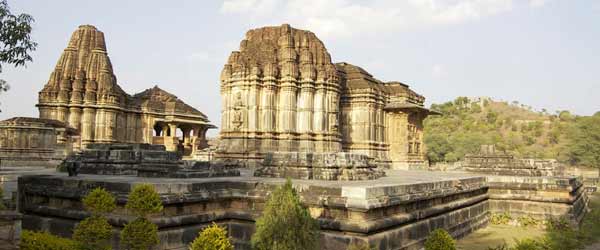
Eklingji Temple
-
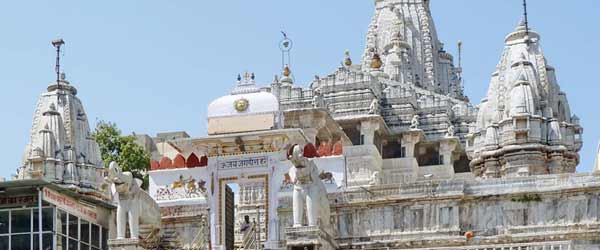
Jagdish Temple
-
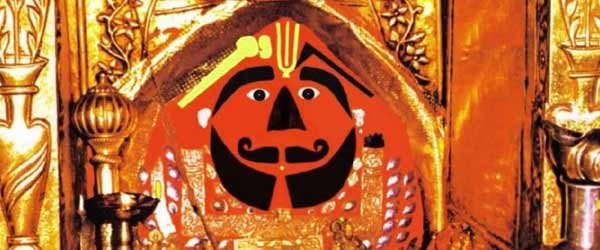
Salasar Balaji Temple
-
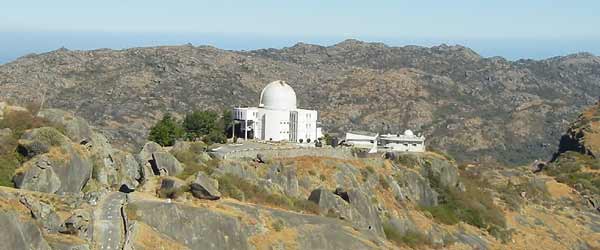
Guru Shikhar
-
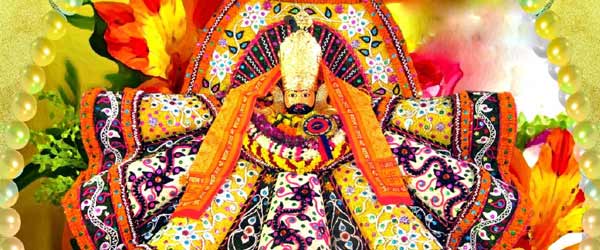
Khatu Shyamji Temple
-
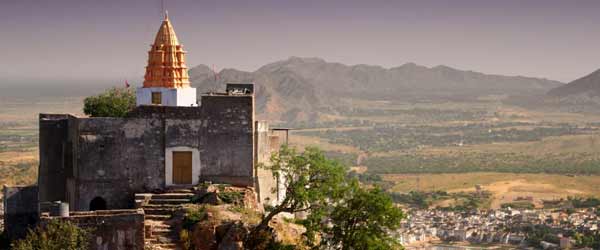
Savitri Temple
-
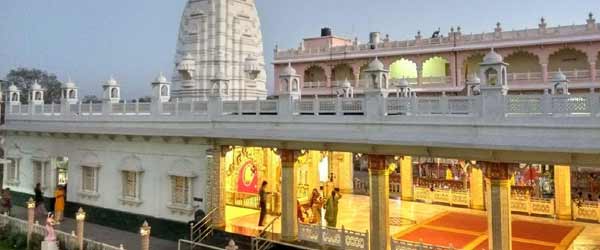
Rani Sati Temple
-
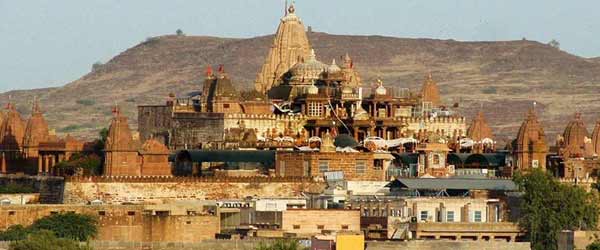
Sachiya Mata Temple
-
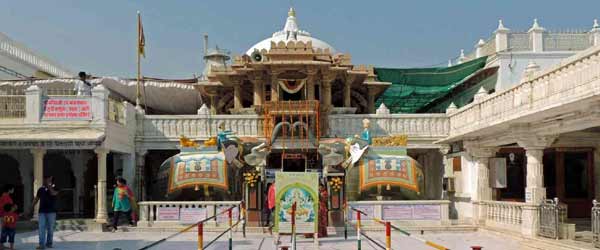
Shri Nakoda Jain Temple
-
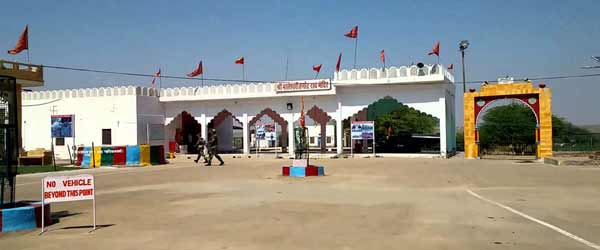
Tanot Mata Temple
-
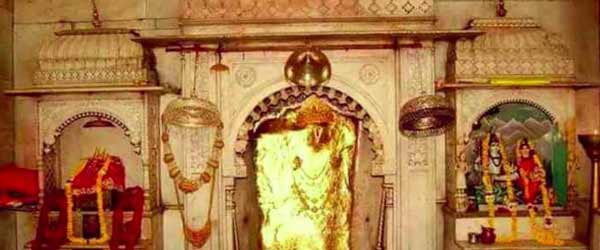
Mehandipur Balaji Temple
-
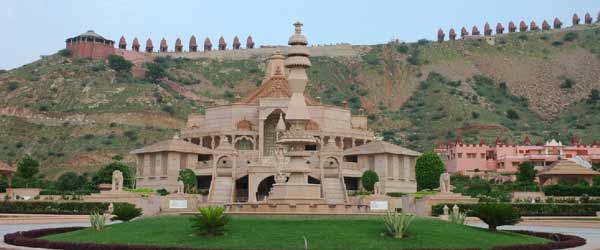
Nareli Jain Temple
-
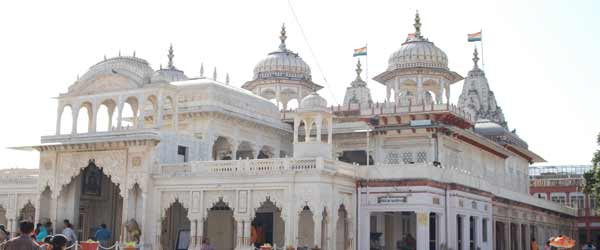
Shri Mahavirji Jain Temple
-
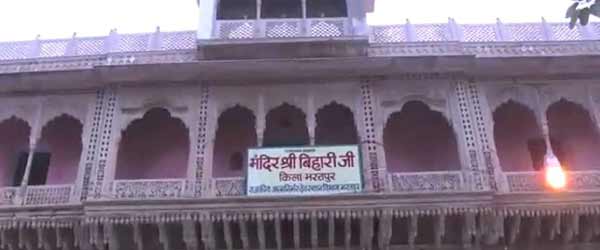
Banke Bihari Temple
-
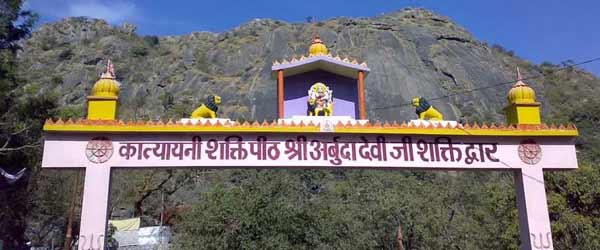
Adhar Devi Temple
-
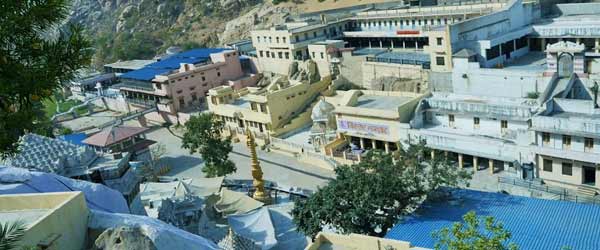
Sundha Mata Temple
-
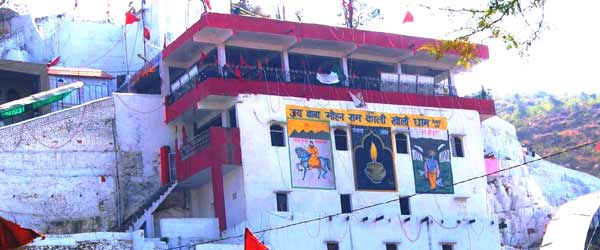
Baba Mohan Ram Temple
-
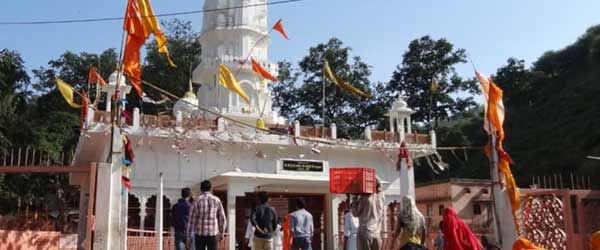
Bhartrihari Temple Alwar
-
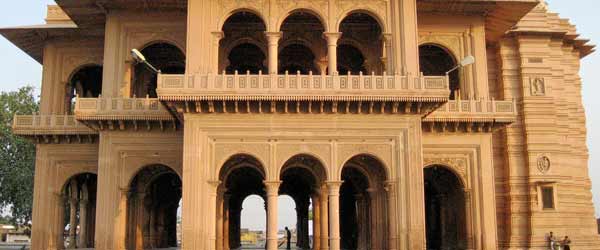
Laxman Mandir Bharatpur
-
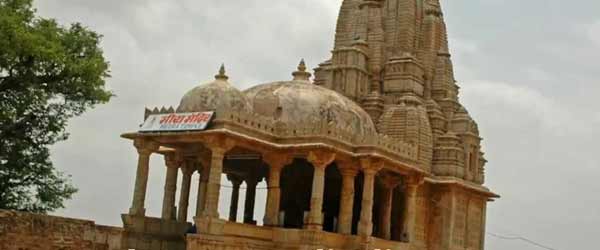
Meera Bai Temple
-
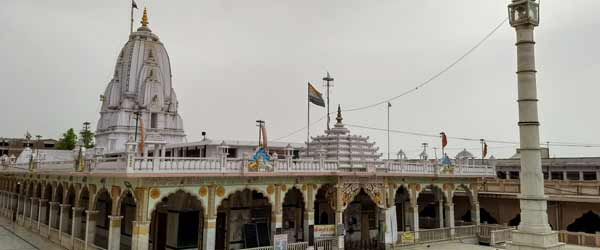
Tijara Jain Temple Alwar
-
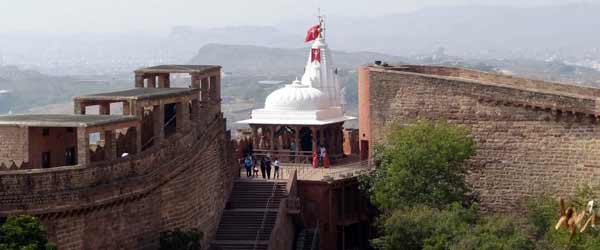
Chamunda Mataji Temple
-
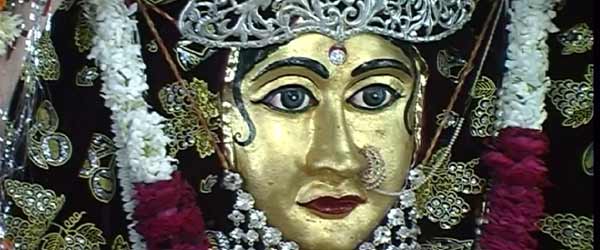
Santoshi Mata Temple
-
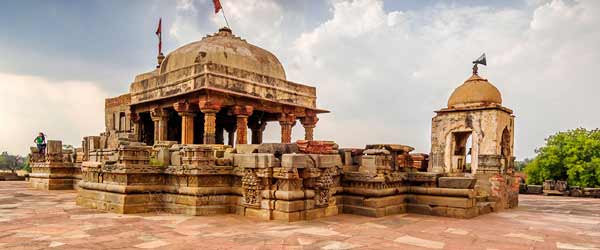
Harshat Mata Temple
-
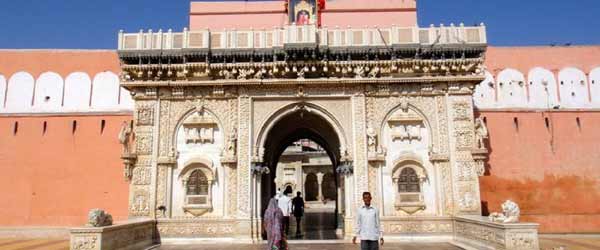
Karni Mata Temple
-
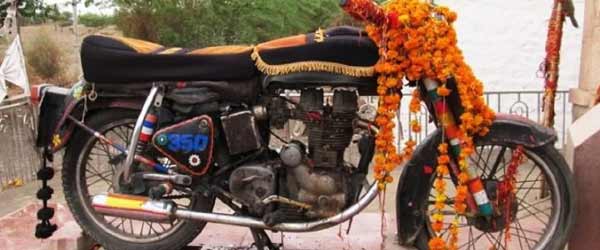
Bullet Baba Temple
-
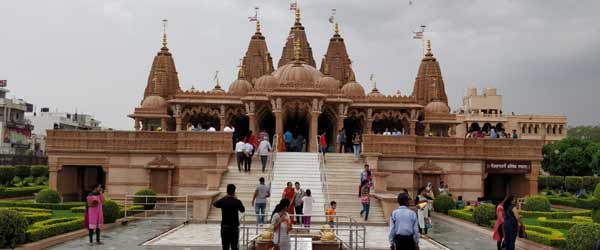
Akshardham Temple Jaipur
-
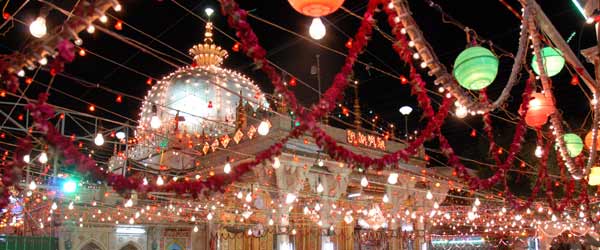
Ajmer Sharif dargah
-
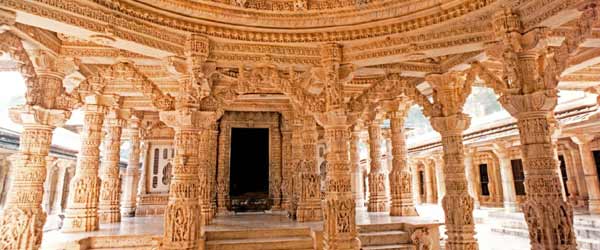
Dilwara Temple
-
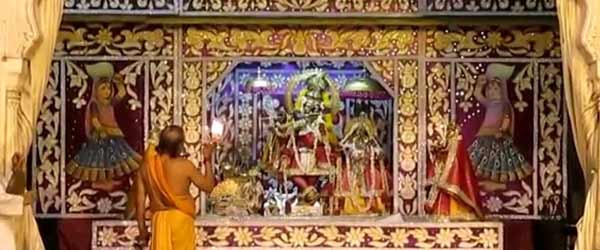
Govind Devji Temple
-
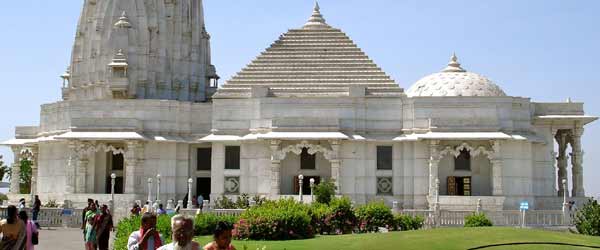
Birla Mandir
-
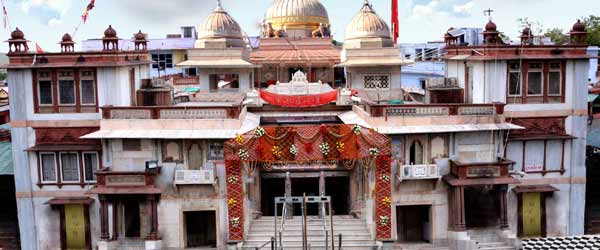
Kaila Devi
-
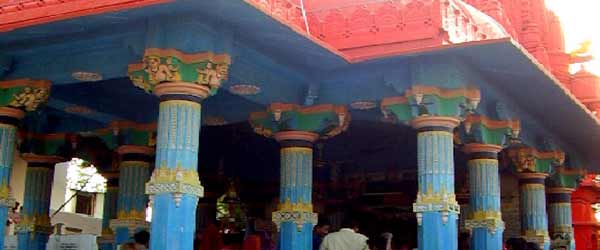
Brahma Temple
-

Ranakpur Jain Temple
-
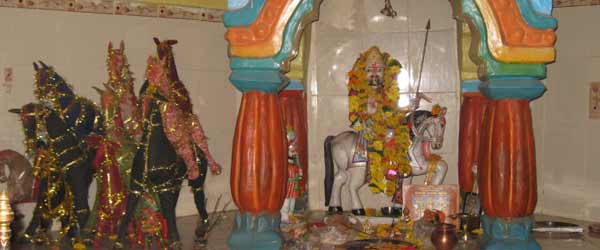
Sri Ramdevji Temple
-
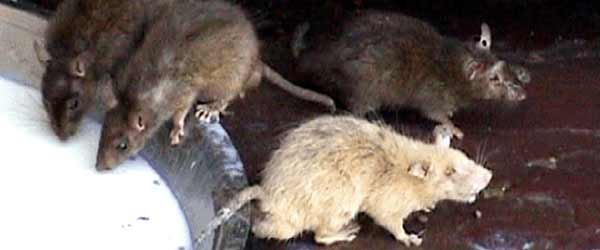
Deshnok Temple
-
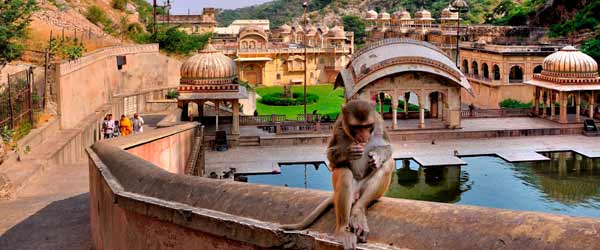
Galtaji Temple
-
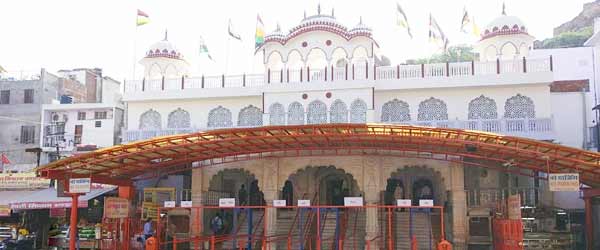
Moti Doongri Temple
-
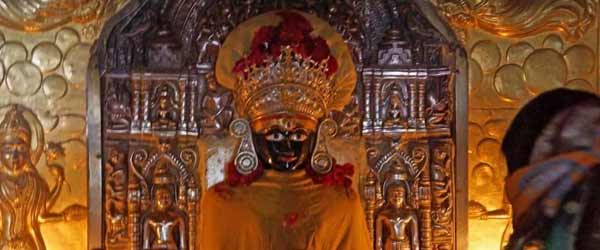
Parshvanath Temple Nakoda
-
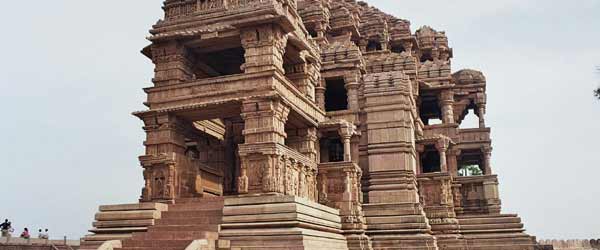
Sahastra Bahu Temple
-
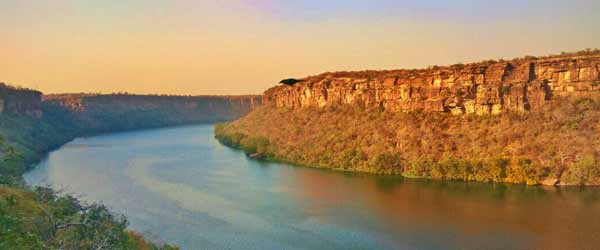
Garadia Mahadev Temple
-
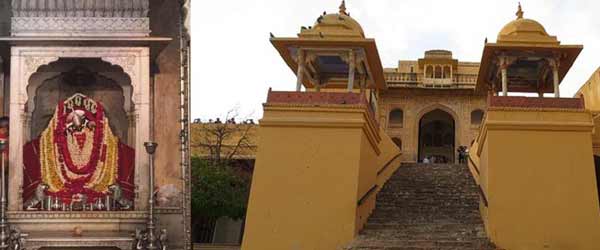
Shila Devi Temple, Jaipur
-
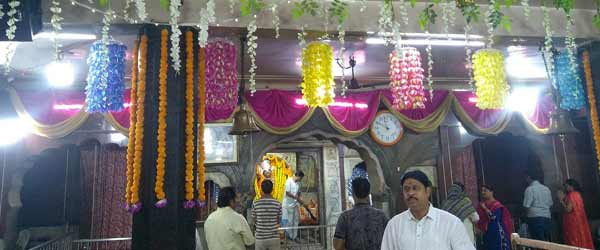
Kale Hanuman Ji Temple
-
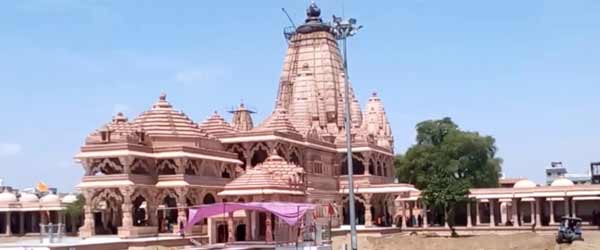
Sanwaliya Seth Temple
-
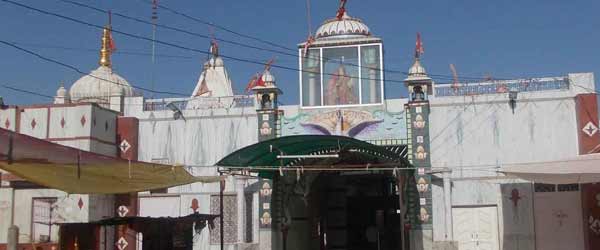
Brahmani Mata Temple
-
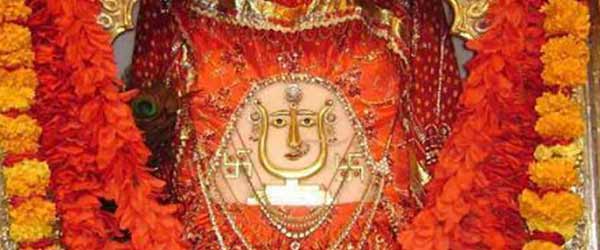
Jeen Mata temple
-
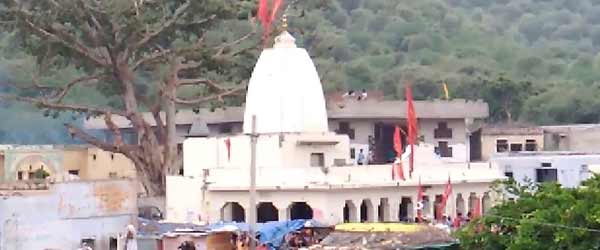
Narayani Mata Temple
-
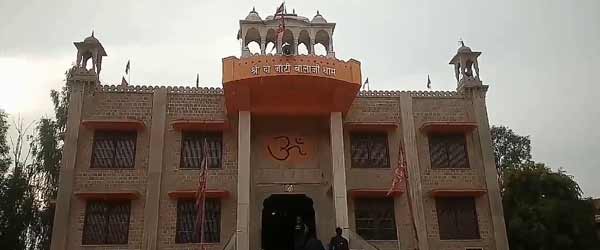
Shri Do Janti Balaji Dham
-
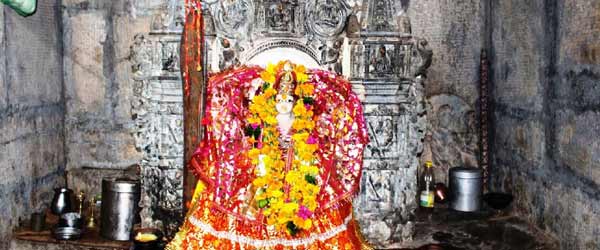
Ambika Mata Temple
-
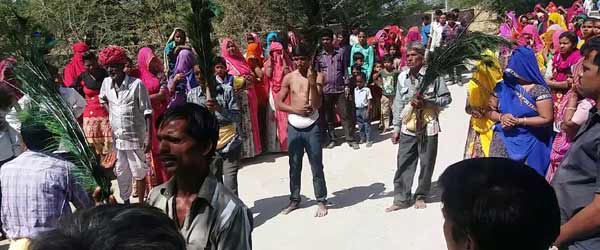
Avari Mata Temple
-
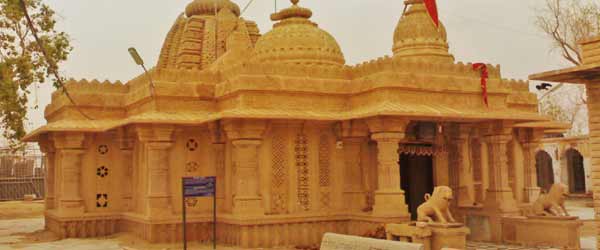
Dadhimati Mata Temple
-
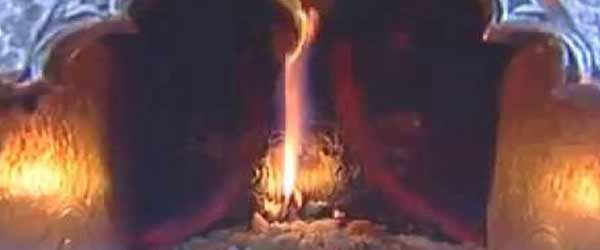
Jajwala Mata Temple
-
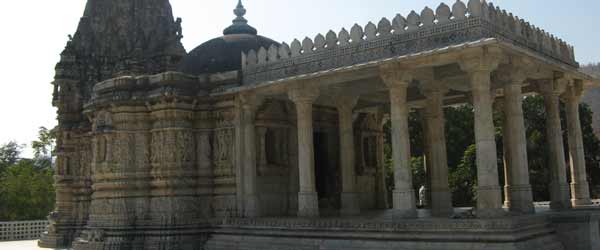
Surya Narayan Temple
-
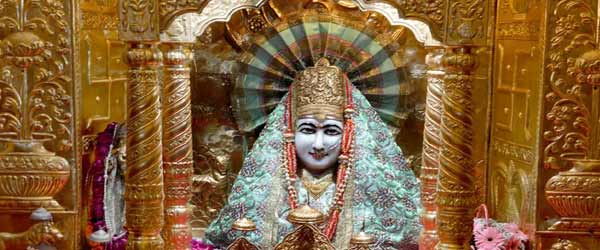
Mansa Mata Mandir
-
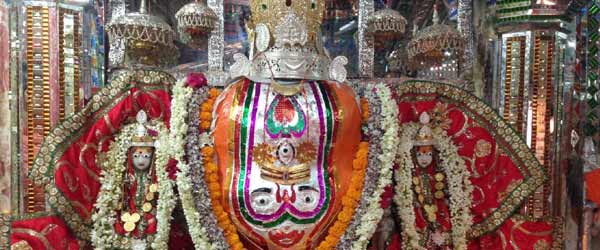
Trinetra Ganesh Temple
-
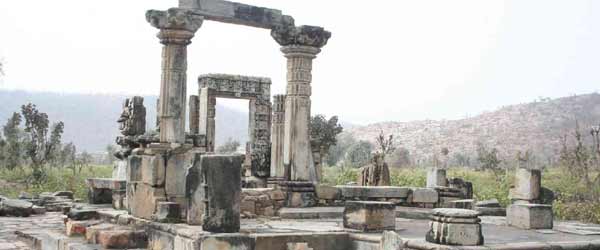
Neelkanth Temple, Alwar
-
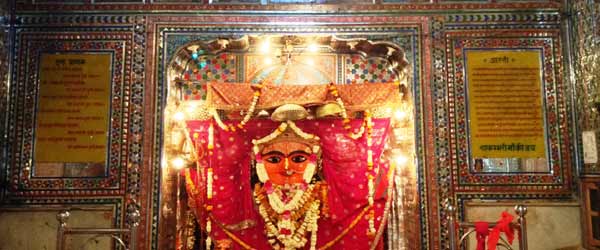
Shakambari Mata Mandir
-
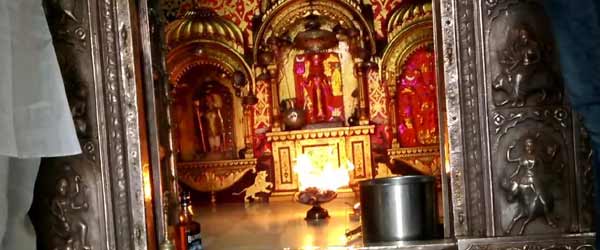
khurad mataji mandir
-
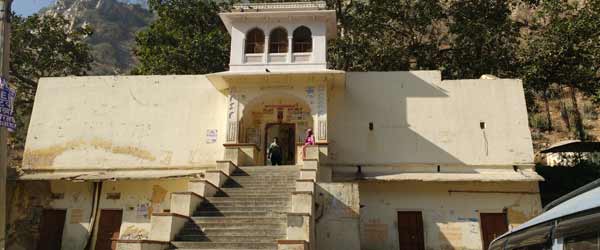
Jamway Mata Temple
-
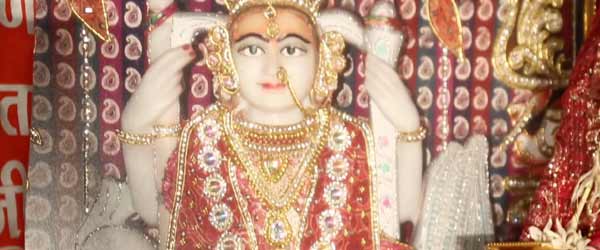
Ban Mata Temple
-
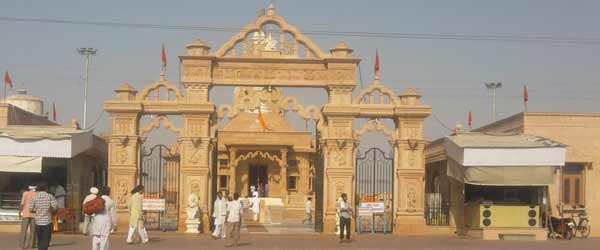
Ichchha Puran Balaji Mandir
-
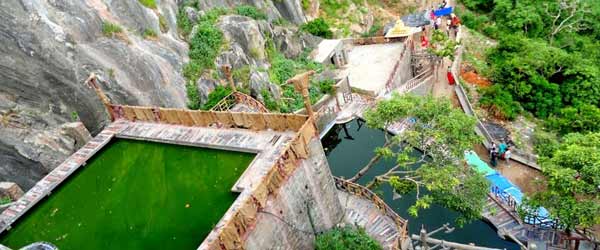
Parshuram Mahadev Temple
-
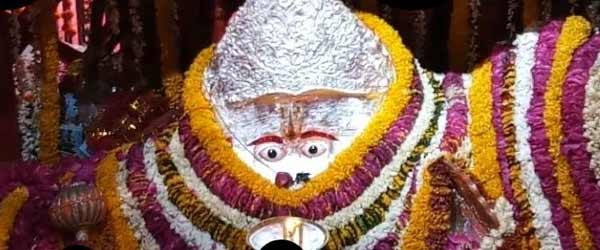
Pandupol Hanuman Ji Mandir
-
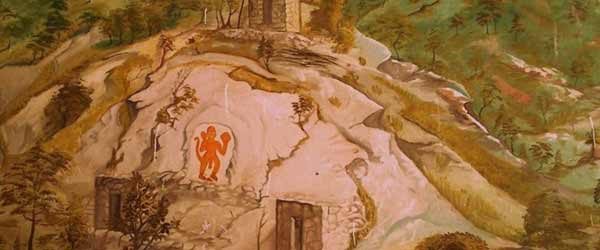
Khole Ke Hanuman JI Temple
 +91 9549279999
+91 9549279999 
